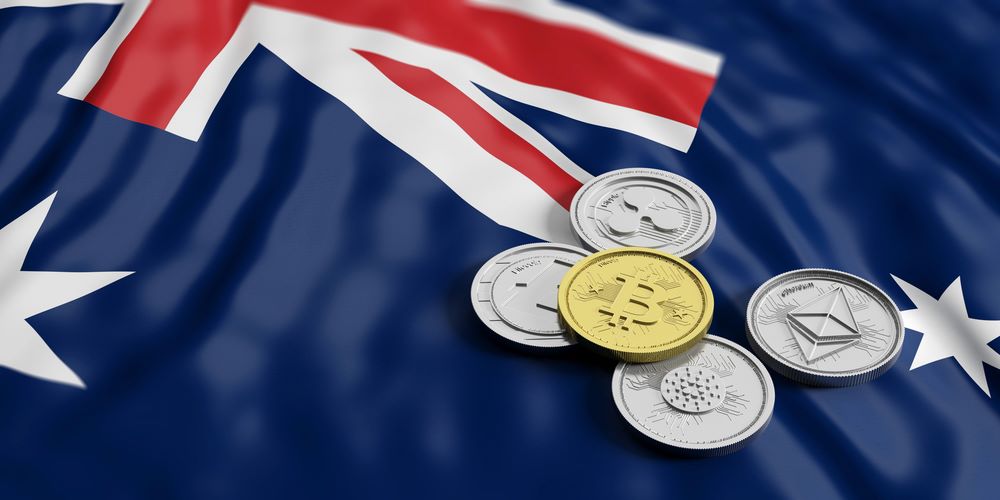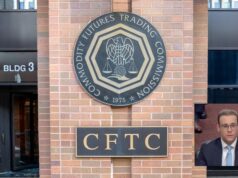Australia is moving decisively to integrate cryptocurrency into its financial system with a landmark regulatory framework that promises oversight and inclusion. Announced by the Treasury on March 21, 2025, the proposed regime aims to impose clear operational rules on digital asset platforms and to tackle a longstanding structural challenge in the sector: de-banking.
For years, Australian crypto firms have been denied access to traditional banking services, citing vague compliance concerns and reputational risk. This practice, known as de-banking, has stifled innovation in Australia and driven some businesses offshore. The new framework, however, explicitly acknowledges this issue and signals a strategic policy shift. The Treasury has pledged to work with major financial institutions to assess and resolve the causes of de-banking. This new initiative offers hope to crypto operators long marginalized by the traditional financial system.
Ending the De-Banking Era
The issue of de-banking has been a significant point of friction between the cryptocurrency sector and Australia’s traditional financial institutions. Crypto businesses have long reported being denied accounts or abruptly offboarded, often without explanation. In its 2025 white paper, the Treasury commits to investigating the scale and drivers of de-banking. It also wants to facilitate discussions between banks, regulators, and crypto firms. The objective is to ensure legitimate crypto businesses have fair access to essential financial services. It’s a prerequisite for building a mature digital asset market.
New Licensing Regime for Crypto Exchanges and Custodians
At the core of the proposed framework is a new licensing system that would apply existing financial services laws to digital asset service providers. Under this system, crypto exchanges, custodians, and certain brokers must obtain an Australian Financial Services Licence (AFSL). This aligns them with the standards already applied to traditional financial entities.
Licensees will be subject to robust compliance requirements. Governance standards, financial resource obligations, and custody arrangements will safeguard client assets. These measures should protect consumers while also establishing the credibility of licensed firms in the eyes of institutional investors and banking partners.
Stablecoins Under Prudential Oversight
The regulatory overhaul will also bring stablecoins under the purview of the Australian Prudential Regulation Authority (APRA). Stablecoin issuers will be classified as providers of stored-value facilities and must meet strict standards. They must maintain high-quality liquid reserves, redemption guarantees, and transparent reporting.
This move hopes to address the systemic risk and user protection, especially in light of high-profile failures of algorithmic or under-collateralized stablecoins in global markets. The framework positions Australia alongside leading jurisdictions such as the EU and Singapore in its treatment of stablecoin regulation.
A Broader Vision: Integration, Not Isolation
Beyond compliance, the Treasury’s white paper outlines a broader vision for integrating digital assets into Australia’s financial system. It identifies tokenization of real-world assets, experimentation with wholesale central bank digital currencies (CBDCs), and blockchain-based market infrastructure as areas of strategic potential.
While the government currently rules out a retail CBDC, it is actively exploring the role of digital currencies in institutional settlement layers. Such a step could reduce friction in capital markets and enhance the efficiency of cross-border transactions.
Industry Applause and Political Support
Industry leaders largely welcomed the proposed framework. BTC Markets CEO Caroline Bowler called it a “watershed moment” that validates the crypto sector’s role in the national economy. Jonathon Miller of Kraken Australia highlighted the government’s commitment to addressing de-banking as a “critical step toward leveling the playing field.”
Importantly, the framework enjoys bipartisan support. While the upcoming federal election may affect the timeline for legislation, both major parties have voiced backing for the regulatory direction. Continuity in crypto policy seems possible regardless of the outcome.
>>> Read more: Are Stablecoins Safe? New Zealand’s Top Banker Says No
Australia is taking a significant step toward crypto legitimacy, embedding digital assets within its broader financial architecture and addressing access barriers like de-banking. The 2025 framework offers regulatory clarity and institutional engagement that could transform the country into a safer, more mature environment for blockchain innovation.
For the crypto industry — often relegated to the financial periphery — the message is clear: you’re no longer just tolerated. You’re part of the system.
Readers’ frequently asked questions
What is “de-banking,” and why is it a big deal for crypto businesses?
De-banking means traditional banks refuse to provide services, like accounts or payment processing, to crypto companies, often without clear justification. This has made it difficult for Australian crypto businesses to operate transparently and legally. The new regulatory framework aims to fix this by encouraging banks to support licensed crypto firms. It will give the industry fairer access to essential financial infrastructure.
How will these new regulations affect me as a crypto user in Australia?
As a user, you can expect safer and more reliable services. Exchanges will need a financial services license and must meet strict rules on asset custody, transparency, and financial stability. This means better protection for your funds and more secure platforms. Moving money between your bank and crypto accounts may also become easier if de-banking practices are addressed.
What’s the difference between stablecoins and other cryptocurrencies, and why are they being regulated separately?
Stablecoins are cryptocurrencies designed to maintain a stable value, usually tied to a fiat currency like the Australian dollar. Because they’re widely used for payments and seen as less volatile, regulators want to ensure they’re properly backed and redeemable. Under the new framework, stablecoin issuers must hold secure reserves and meet strict reporting standards, just like other financial institutions that manage customer funds.
What Is In It For You? Action Items You Might Want to Consider
Start evaluating platforms for regulatory readiness
Australian exchanges may soon be required to obtain financial services licenses. Now is a good time to review which platforms are positioning themselves to comply. Stick with exchanges transparent about their licensing roadmap and custody practices. Those will likely become the most stable (and bank-friendly) options in 2025.
Watch the stablecoin market — compliance may drive adoption
Regulatory clarity could give compliant stablecoins an edge. Pay close attention to which stablecoins align with the new APRA standards. These are likely to see wider support from banks, payment providers, and trading platforms. Hence, they will be more useful and reliable in your daily trades.
Prepare for smoother fiat on/off ramps — and potential arbitrage windows
As de-banking gets addressed, expect better connectivity between crypto exchanges and Australian banks. That could open up faster fiat deposits and withdrawals — and possibly new arbitrage opportunities when liquidity improves. Keep your KYC up-to-date and banking channels ready so you can act quickly when access improves.










